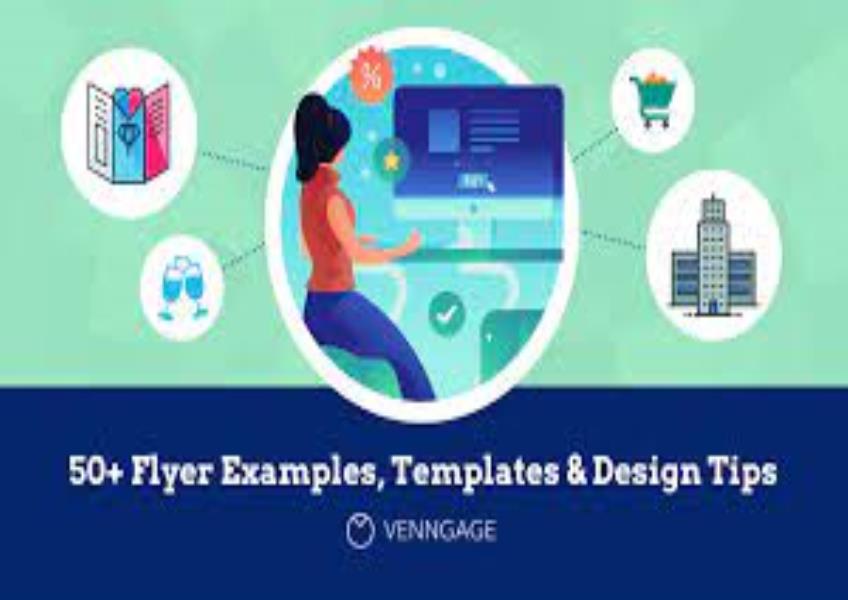Get the latest updates From BL Soni College Bhilwara

How can graphic design be used to create visually appealing flyers?
aphic design plays a crucial role in creating visually appealing flyers that effectively communicate your message and capture the attention of your target audience. Here are some key principles and steps to follow when using graphic design for flyer design: 1. Understand Your Audience: Before starting the design process, it's essential to have a clear understanding of your target audience. Consider their demographics, interests, and preferences to tailor your flyer's design to their tastes. 2. Define Your Message: Clearly define the message or information you want to convey with your flyer. Determine the primary purpose of the flyer, whether it's promoting an event, product, service, or cause. 3. Choose a Layout: Select an appropriate layout for your flyer. Common layouts include single-sided, double-sided, tri-fold, or multi-page designs. The layout should accommodate your content while maintaining visual balance. 4. Select a Color Scheme: Choose a color scheme that aligns with your brand or event theme. Consider the psychology of colors and their impact on emotions and perceptions. Use a harmonious combination of colors for visual appeal. 5. Typography Matters: Carefully select fonts that are legible and complement your design. Use font variations (e.g., bold, italic, different sizes) to create hierarchy and emphasize important information. Limit the use of fonts to maintain consistency. 6. Visual Hierarchy: Establish a clear visual hierarchy to guide the viewer's eye through the flyer. Important information, such as headlines and calls to action, should stand out and be easy to locate. 7. High-Quality Imagery: Use high-resolution images and graphics to ensure a professional appearance. Images should be relevant to your message and resonate with your audience. Consider using custom photography or illustrations if possible. 8. Balance and White Space: Achieve visual balance by distributing elements evenly across the flyer. Use white space (empty areas) strategically to prevent overcrowding and make the flyer more visually appealing. 9. Consistent Branding: Maintain brand consistency by using your logo, color scheme, and typography in the flyer design. This helps reinforce your brand identity. 10. Call to Action (CTA): Include a clear and compelling call to action. Encourage the audience to take a specific next step, such as visiting a website, making a purchase, or attending an event. 11. Testimonials or Reviews: If applicable, include positive testimonials, reviews, or endorsements to build trust and credibility. 12. Proofread and Edit: Carefully proofread the content for grammar and spelling errors. Ensure all information is accurate and up to date. 13. Print Considerations: If you plan to print the flyer, design it in the appropriate dimensions and resolution for print. Consult with a professional printer for guidance on file formats and printing specifications. 14. Mobile-Friendly Design: In today's digital age, consider creating a digital version of your flyer that is mobile-friendly and can be easily shared via email or social media. 15. Test and Gather Feedback: Before finalizing your flyer, test it with a small audience or colleagues and gather feedback. Make revisions based on feedback to improve the design's effectiveness. Remember that the key to a successful flyer design is to strike a balance between creativity and clarity. Your design should capture attention, convey information clearly, and motivate the audience to take action. Whether you're designing flyers for marketing, events, or informational purposes, thoughtful graphic design can make a significant difference in their visual appeal and effectiveness.


